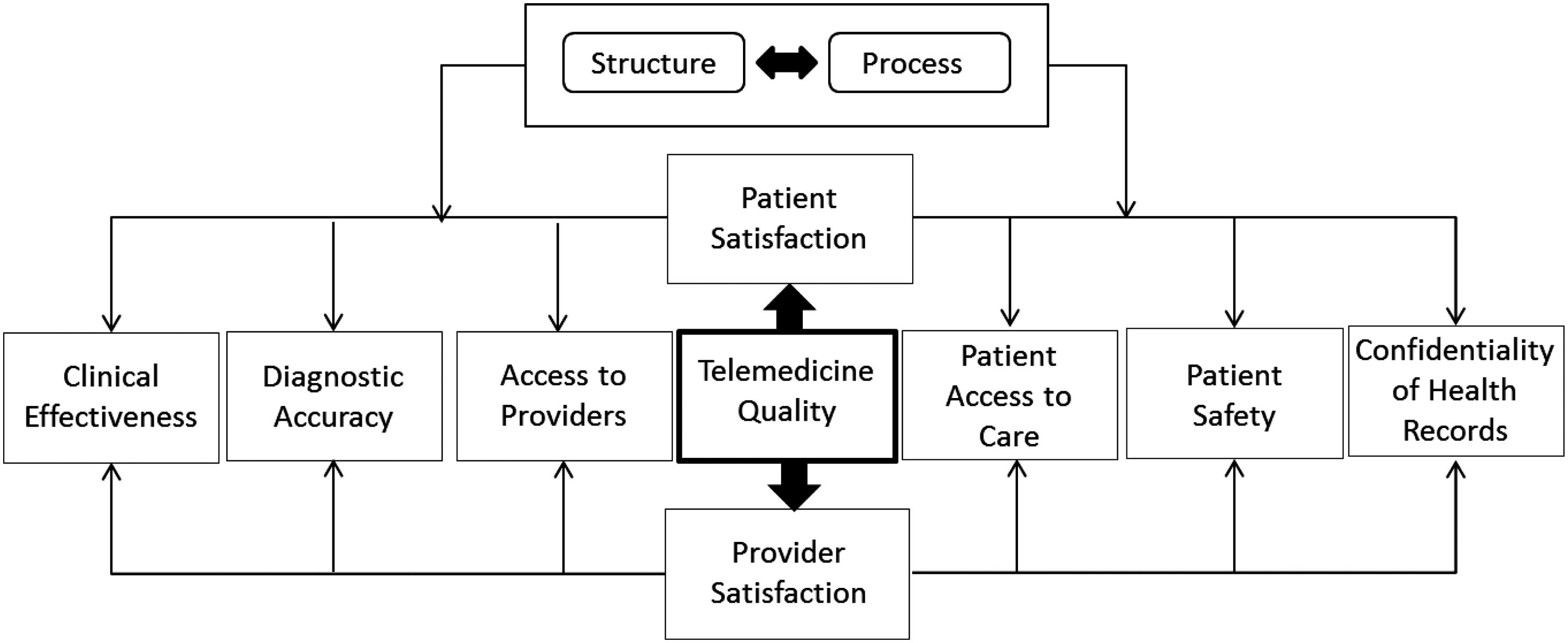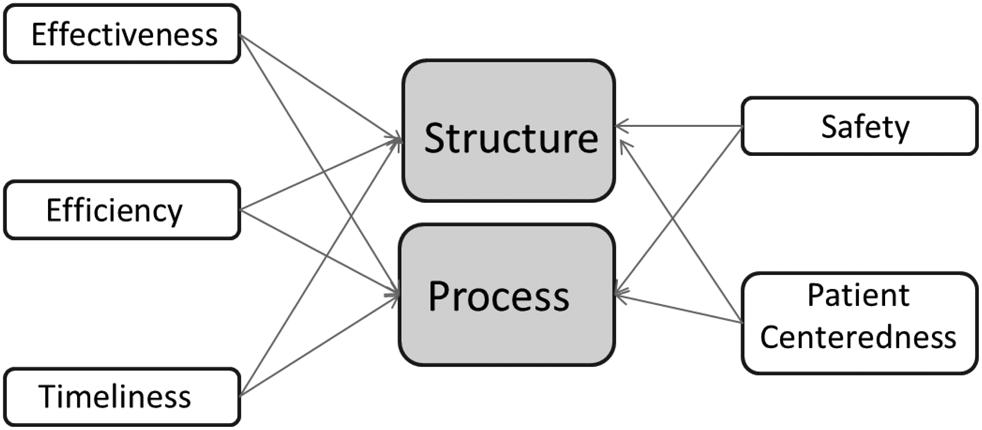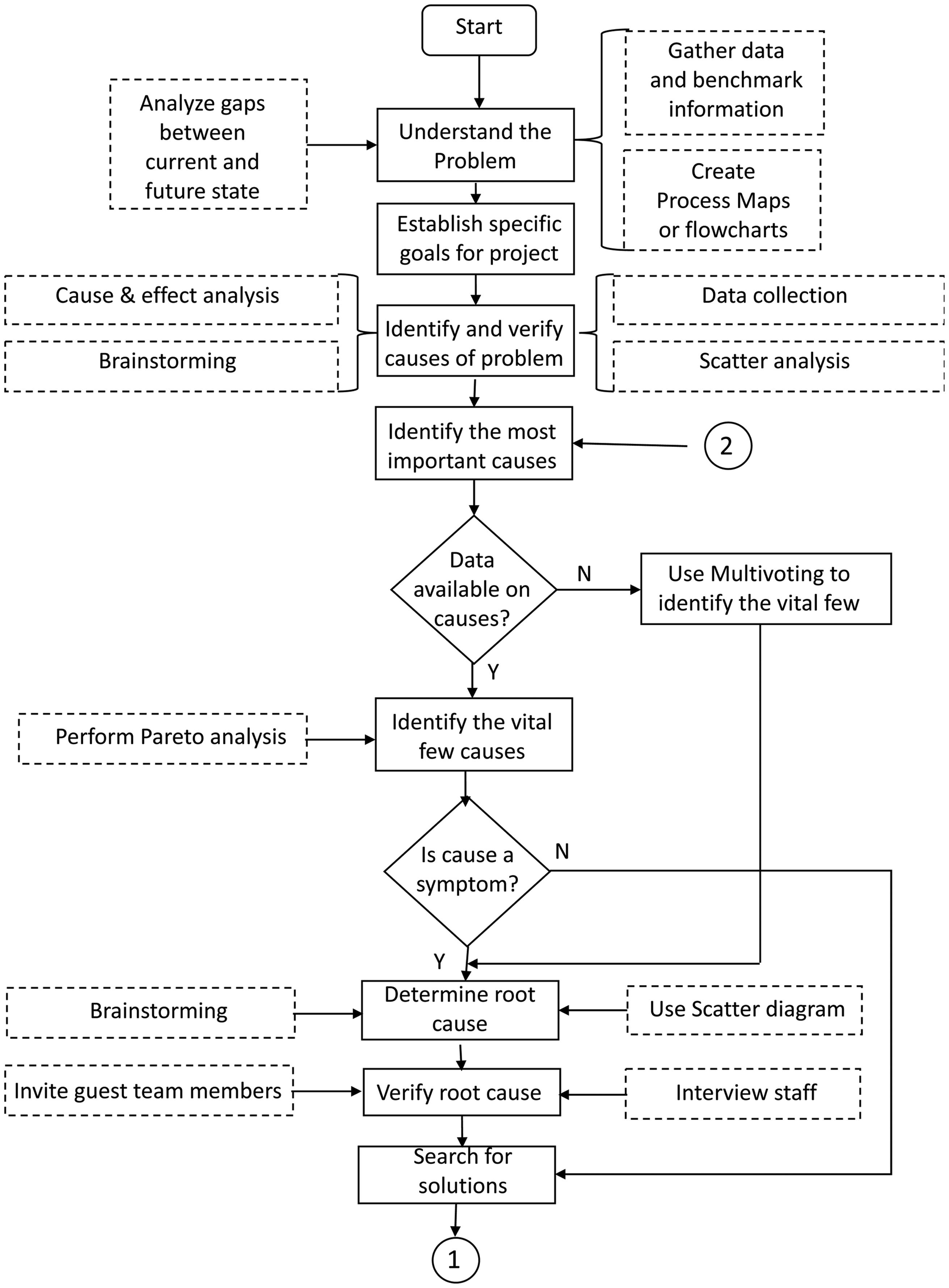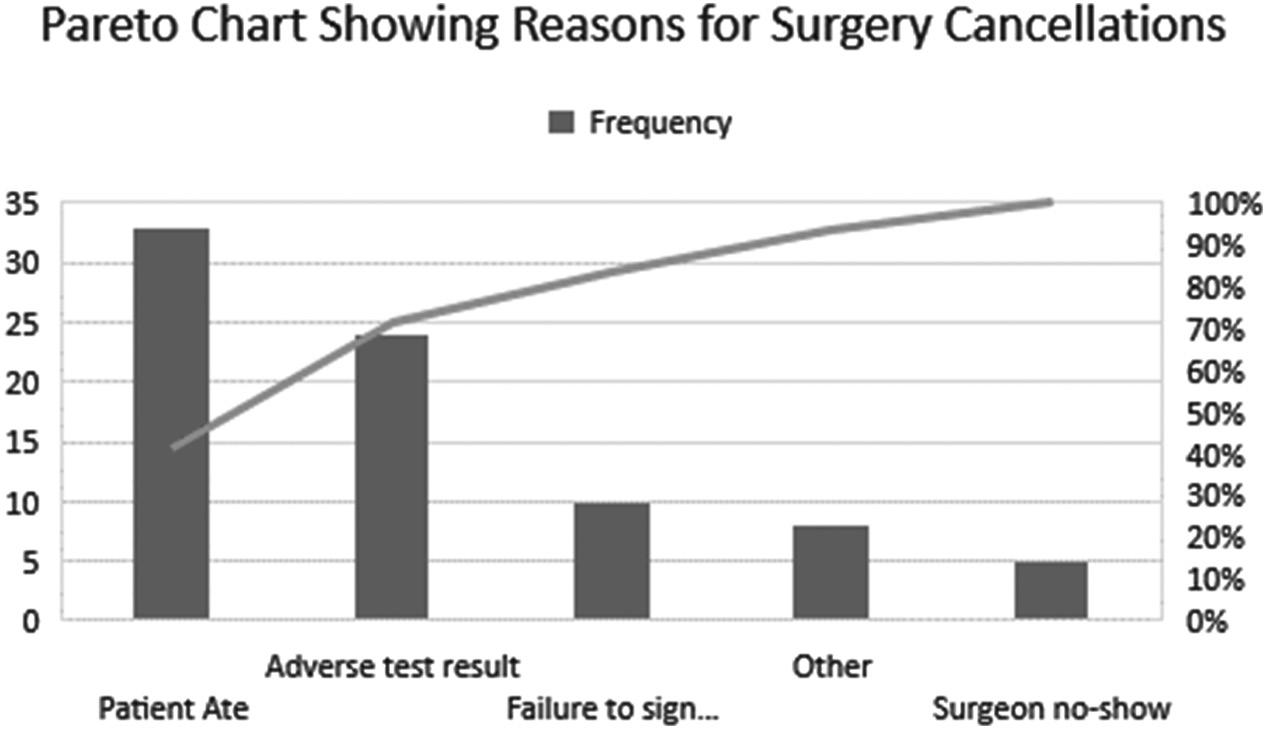22 ◾ Healthcare Value Proposition
are so jaded by their lifelong experience of caring for patients that they have become desensitized to the power of empathy.
Transition from Volume-Based Healthcare to Value-Based Healthcare In today’s rapidly changing healthcare landscape, payers are asking providers to shift from volume-based care (fee for service) to a value-based reimbursement structure (fee for value). This shift toward value-based reimbursement bodes well for the patient, the healthcare provider, and the payer. A reimbursement system based on value motivates healthcare providers to deliver the best care possible at the lowest cost. In return, patients receive a higher quality of care at a better value. According to McKesson (2016), making the move to a value-based reimbursement (VBR) model aimed at population health requires the following: ◾◾ Transforming the traditional “siloed” care model into a network care model, both for increased care coordination and the ability to scale effective interventions with the patient population ◾◾ A significant increase in the need to acquire, aggregate, and analyze data across a healthcare network ◾◾ An integrated financial and clinical platform for a common view of the patient across care settings and over time ◾◾ Reorganizing the institutional structure to accommodate value-based payments; this restructuring can also help healthcare providers identify changes that could reduce operating cost and boost efficiency ◾◾ Physician engagement with common goals and an incentive structure that supports these goals ◾◾ Instituting new clinical and operational processes that foster sustained behavioral change VBR helps healthcare providers and institutions prepare for an evolving patient population with: ◾◾ Increased access to care, which can lead to more patients and less loss of patients ◾◾ A higher number of chronic diseases that must be treated ◾◾ An aging population and sicker patients with multiple chronic conditions











